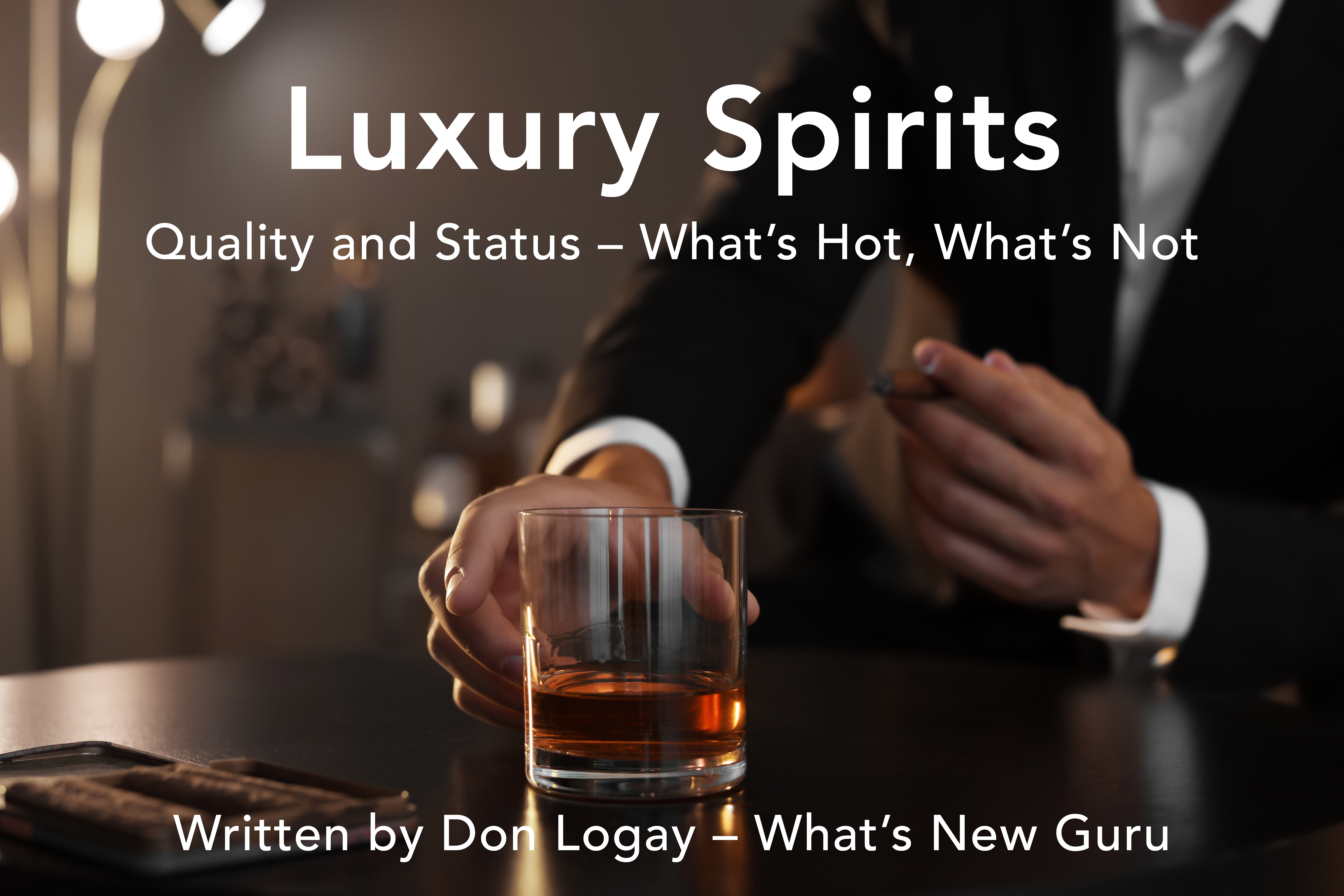 A striking couple walks from the casino into an upscale restaurant and bar on the famed Las Vegas Strip. He, in a $2,000 hand-tailored suit and she, draped in an up-to-the-minute dazzling designer dress from Paris. The kind of couple everyone turns and notices. At the bar, he orders a double Macallan 25 Years Old Scotch over one ice cube… and she, a Vesper Martini. The bartender’s eyes narrow, with a slight grin he nods his head.
A striking couple walks from the casino into an upscale restaurant and bar on the famed Las Vegas Strip. He, in a $2,000 hand-tailored suit and she, draped in an up-to-the-minute dazzling designer dress from Paris. The kind of couple everyone turns and notices. At the bar, he orders a double Macallan 25 Years Old Scotch over one ice cube… and she, a Vesper Martini. The bartender’s eyes narrow, with a slight grin he nods his head.
Fourteen miles away, at a well-stocked retail liquor store in suburban Summerlin, a young professional puts two unlikely choices into their shopping cart… one, a bottle of Ilegal Reposado Mezcal and the other, Yamazaki Distiller’s Reserve Japanese Whisky… at $60 and $75 respectively.
On the other side of Las Vegas, at a cocktail party in the ultra-posh community of MacDonald Highlands, the host uncorks a $200 bottle of Krug Grande Cuvee Brut Champagne and tells his guests, “On every bottle of Champagne… regardless of price… it takes precisely six one-half counterclockwise turns to remove the wire cage on the cork.” Intrigued with his knowledge of Champagne trivia, guests watch as he does so – releasing the cork with a gentle pop.
And 5,200 miles away, at a prestigious Sotheby’s Wine and Spirits Auction – on New Bond Street, London, England – a gentleman quietly waves bid paddle number 177 and the tuxedoed auctioneer raises his gavel and says, “Going once… Going twice… Sold… for £84,700 ($103,232 US)… one rare 1928 Macallan 50 Years Old Anniversary Malt Scotch Whisky.”
So, what is going on here?
Luxury Spirits Vogue
Each of these individuals are participants in a global phenomenon of sorts, whereby people today have a growing fascination with the luxury and lore of a wide spectrum of exotic spirits that, in turn, immensely enhances one’s enjoyment.
Okay, yes… they are luxury spirits “snobs.” But in short… knowledge, investigation and experimentation are also the order of the day. With that in mind, let’s take a closer look at these modern luxury spirits connoisseurs and aficionados:
The man treating himself to a double pour from a bottle of $2,000 Macallan Scotch Whisky learned that a small amount of water from a single ice cube helps release all the wonderful aromas and flavors created by this master distiller. Very cool to know.
His fashionable female partner orders a trendy “Vesper Martini,” an ultra-chic cocktail created by 007 James Bond in “Casino Royale.” Bond instructs the bartender to mix three measures of Gordon’s Gin, one of Vodka (not specified), a half-measure of Kina Lillet… over ice, shaken not stirred… with a twist of lemon peel. “I call it the Vesper,” says Bond (naming it after a female liaison officer in the story), “because, once you taste it… you won’t want anything else.” Un martini extraordinaire… and a popular insider drink among those “in the know.”
The Young Professional
Originally a fan of premium Tequilas, this millennial recently learned Tequila is only one of 50 different types of Mezcal – Mexico’s most traditional agave spirit. Collectively, Mezcal is a fascinating tour of different agave spirits with intriguing tastes and surprises at every turn. Curious, our young professional investigated, found and purchased a bottle of “Ilegal Reposado Mezcal,” a rich 100% agave small batch hand-crafted artisanal product from Tlacolula, Oaxaca, Mexico… with an intriguing back-story of how it was originally smuggled out of Mexico to a small illegal bar (called Café No Sé) in Antigua, Guatemala… and thus, is so named.
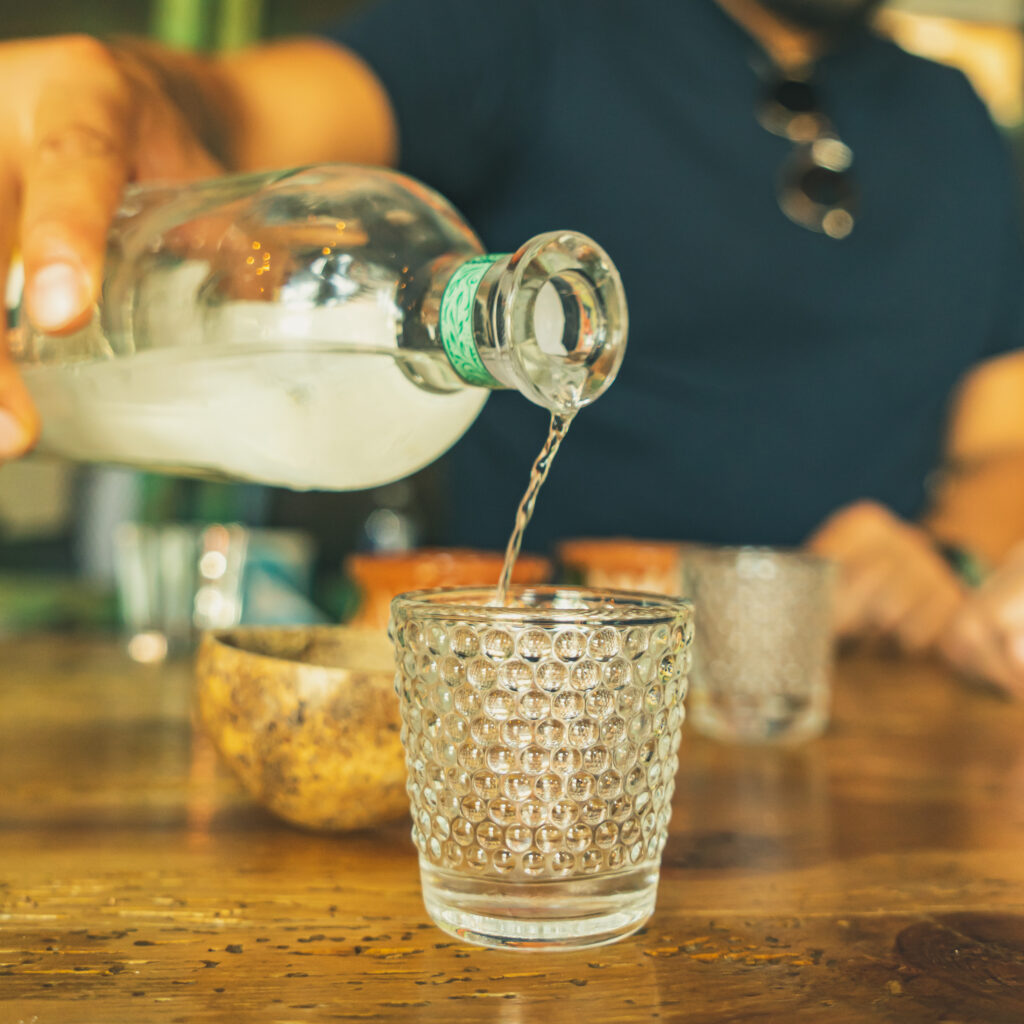 Popular “Ilegal” Mezcal is 100% Agave roasted/baked using mesquite and eucalyptus wood – and the tale of its smuggling origin both enhanced their enjoyment of this new find and even sparked interest to maybe one day seek out this famous little bar in Antigua, Guatemala (http://www.cafenose.com). Road trip!
Popular “Ilegal” Mezcal is 100% Agave roasted/baked using mesquite and eucalyptus wood – and the tale of its smuggling origin both enhanced their enjoyment of this new find and even sparked interest to maybe one day seek out this famous little bar in Antigua, Guatemala (http://www.cafenose.com). Road trip!
Equally so, Yamazaki Single Malt Whisky by Suntory was a similar unique discovery that launched a quest to experience the brand’s signature multi-layered taste that pioneered Japanese whisky and today, is Japan’s number one seller and a luxury spirit sensation in 35 countries worldwide.
In the end, and as a result, so much for everyday old whisky and hum-drum Tequila without edgy street cred.
Cocktail Party Trivia
The host’s intriguing comment, that ”It takes just six counterclockwise one-half turns to remove the wire cage on every bottle of Champagne in the world,” is true. In fact, same for every type of sparkling wine as well. The wire cage, called a “Muselet” (pronounced myz-le’) is a French word meaning “to muzzle.” While invented in 1844, still to this day, there are only two companies that manufacture and install these unique wire cages for vintners. One is in Italy and the other on the outskirts of the Champagne wine region in France.
Today’s modern machines install over 100 wire cages per minute with millions produced every year… and as such, providers note there is no need to individually customize cages for different brands. Too costly, not necessary and… hey, why ruin a great story?
Another reason for being a knowledgeable luxury spirits snob? Just a few nights ago, on TV’s “The Chase” game show, the $125,000 question was (you guessed it), ”What do you call the wire cage on a bottle of Champagne?” The contestants didn’t know it was “Muselet” – and now you do. File it under “ka-ching.”
Going, Going, Gone
And finally, the gentleman at Sotheby’s in London is among those wine and spirits connoisseurs worldwide that pay dearly to add famed luxury spirits to their personal collections. In this instance, just last year, said connoisseur scored a bottle of prized Macallan 50 Years Old Anniversary Scotch Whisky.
So, what’s the big deal? Records state It was distilled in 1928 and bottled in 1983. Do the math. Age-wise, it is actually 55 Years Old… and, in elevated Scotch Whisky circles, that makes it a truly unusual “gem” and one of only 35 in existence. Was it worth £84,700 / $103,232 US? To this collector, the answer is “Indubitably!”
Shortly thereafter, whiskyauctioneer.com sold another prized 1928 Macallan 50 Years Old from the same coveted 35 bottle lot for a record-breaking £92,000 / $119,863… shattering the earlier eye-opening sale by almost $16,000. Call it, “Indubitably 2.0.”
 Luxury Spirits Aficionados
Luxury Spirits Aficionados
Today, there is a growing awareness and sophistication – based on knowledge, investigation and experimentation – that elevates simply having a drink to a well-rounded experience… one that adds a bit of imagination and personal escape to another place and time.
With this issue, we are launching an on-going series on “Luxury Spirits” that will cover a wide range of premium spirits – of all types – and provide some interesting insights and information along the way. It will feature favorites you may already enjoy today and introduce new types and brands that you’ll be anxious to try tomorrow.
There will be informative statistics and eye-opening ultra-premium spirits too… all with a singular goal in mind. By enhancing your knowledge, encouraging investigation and inspiring experimentation… we aim to make you a Luxury Spirits “snob” as well.
Luxury Spirits 101
Mister Webster defines “Luxury” as something “non-essential, yet desirable, that is expensive or difficult to obtain.” He adds, “extravagant living” to our idea of pleasurable, upscale and possibly indulgent…. which pretty much covers luxury.
As for “Spirits,” it is a two-parter: First, in the world of distilled beverages, the industry defines a Sprit as that containing at least 40% alcohol. Thus, beer and wine are not considered Spirits (more on this in a moment).
Second, these particular distilled beverages are called “Spirits” because, way back in the 1200 and 1300s, alchemists had two only jobs: (1) Try to turn iron and lead into gold and (2) Create magical elixirs for health and wellness. In the process of experimenting with the latter, they discovered the “distilling process” (same as today’s) and referred to the ghost-like fumes rising from their potions as mystical “spirits.” Probably a bit of ancient “ooh and ah” PR coined to keep their employers intrigued… but that also endured through the ages.
The 40% alcohol minimum noted is just that – the minimum – and spirits today can range as high as 81%. This number is referred to as Alcohol By Volume (ABV) and, by law, appears on every bottle sold today. In some cases, you will also see an optional number referred to as “Proof”… which is simply double the ABV number, i.e., 40% ABV is 80 Proof.
Why is it called proof? Again, a two-parter: First, in the old days, a bit of gunpowder was dipped into a shot of liquor to determine the quality of said beverage. If the gunpowder ignited when held to a flame, it was “proof” there was enough alcohol (yep…40%) to qualify as a legit spirit. Bootleggers beware. Second, the 40% ABV alcohol qualifier was later used by the U.S. Government as “proof” it was a spirit and could be taxed at a higher rate than beer or wine. Typical buzz-kill government stuff… and no longer required to be displayed on labels.
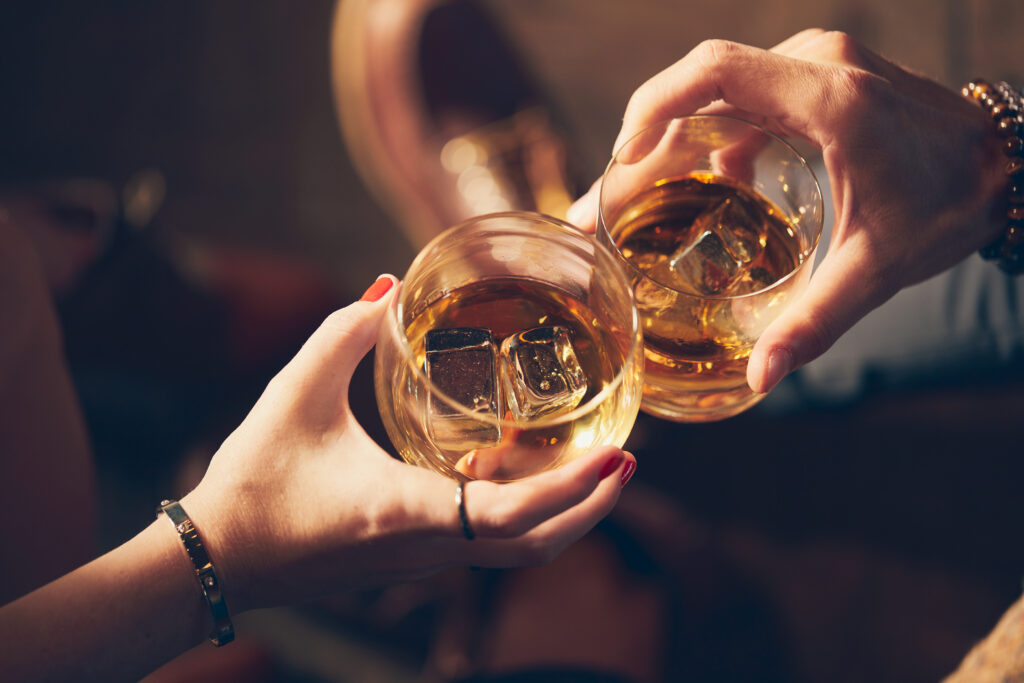 Luxury Spirits by the Numbers
Luxury Spirits by the Numbers
An important tool for budding connoisseurs and aficionados is also knowing key statistics… which reveals tons of useable info and insights as to who’s drinking what and where, how much they’re spending and very important – trends.
For this, we teamed up with the folks at IWSR Drinks Market Analysis in London, considered the world’s foremost authority on Global Alcohol Research, Data and Intelligence on the alcohol beverage market.
Here ‘s a few items they shared: There are six basic types of “Spirits” driving today’s market. They are (in order of popularity): Vodka, Whisky, Rum, Tequila, Brandy and Gin.
Vodka
Number one Vodka is driven by popular U.S. brands at all price points. Tito’s Handmade Vodka is the hands-down favorite, followed by Smirnoff, Svedka, New Amsterdam and Absolut. But there are lots of surprises as well. Premium brands, such as Grey Goose, Kettle One and Belvedere, are also on the move… with lots of new entries close behind. Overall, from 2014 to 2019,.. Vodka has seen a steady five-year compound annual growth rate (CAGR) of 2.2% to maintain its lead.
Vodka Trivia: In 1864, poor Moscow resident, Pyotr Smirnov, discovered a pretty good distilling process for vodka. Clever marketing made it the most popular vodka in Moscow… and soon all of Russia… and in 2014, it was the number one selling vodka in the world – sold in 130 countries worldwide. How did he do it? He simply gave neighbors some for free and then paid them to request it at their local bars and pubs.
The rest is history.
Whisky
Now ranked number two, it has a 5.4% CAGR overall in the five-year period from 2014 to 2019. Surprisingly, the fastest growing segment is Japanese whisky.
Whisky Trivia: Ever notice there are two common spellings? Whisky and Whiskey. Which one is correct? Actually, they both are… and once you know their origins and history, you’ll be able to easily tell where a whisky (or whiskey) is from.
The word whisky is derived from a Gaelic word meaning “water of life” and the different spelling traces back over centuries of translations from the Scottish and Irish Gaelic forms. For Scots, the spelling was Whisky while the Irish spelled it Whiskey. In the 1700s, Irish immigrants brought the extra “e” along with them to America with their own special spirits distilling process.
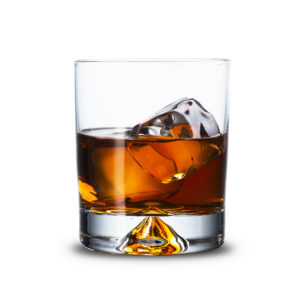 Here’s a quick “rule of thumb” as to how the world leaders today label their products using these time-honored whisky/whiskey spellings. Generally speaking, countries with an “e” in their name spell it “Whiskey,” i.e., United States and Ireland (and the plural is “Whiskeys). Countries without an “e” in their name spell it “Whisky,” i.e., Scotland, Canada and Japan (and the plural is “whiskies).
Here’s a quick “rule of thumb” as to how the world leaders today label their products using these time-honored whisky/whiskey spellings. Generally speaking, countries with an “e” in their name spell it “Whiskey,” i.e., United States and Ireland (and the plural is “Whiskeys). Countries without an “e” in their name spell it “Whisky,” i.e., Scotland, Canada and Japan (and the plural is “whiskies).
Naturally, there are exceptions, but overall, you’ll be pretty much on target with this “e or no e” knowledge. Crown Royal from Canada? Yep, it’s whisky (no “e” in Canada). And that bottle of Jameson from Ireland? It’s whiskey (there’s an “e” in Ireland). Easy, once you know the secret.
Rum
Growth of the third most popular spirit is consistently driven by premium and above brands. Top sellers in the U.S. market for all price points are: Bacardi, Captain Morgan, Admiral Nelson’s, Cruzan and Sailor Jerry.
Rum Trivia: It was the very first spirit ever distilled intended to be used for strictly for pleasure and not just used for medicinal purposes. First distilled as such in the Caribbean in 1620, today the region remains the epicenter for rum production with Bacardi producing and bottling hundreds of thousands of liters every day at its flagship distillery in San Juan, Puerto Rico.
Today, Rum is one of the most popular spirits in the world – especially for exotic island and lavish Tiki-style drinks – and it is produced in almost every country worldwide. While the standard is 40% ABV (80 proof), many brands come in at 75% (150 proof) to 80% (160 proof) and they are some of the highest ABVs available.
More Trivia: The highest commercially sold ABV in America today is found in Spirytus Vodka from Poland. It boasts a whopping 96% alcohol (192 proof) and features a special “no-leak” steel cap that prevents potential ignition and explosion. Yep, Spirytus + flame = Boomski !
Tequila
With an impressive 7.3% CAGR from 2014 to 2019, top Brands in the U.S. include Cuervo, Patrón, 1800 Tequila, Sauza and Hornitos.
Tequila Trivia: As noted earlier, Tequila is only one of 50 types of Mezcal… and Mezcal is one of the fastest growing categories of spirits in today’s market. To be called Tequila, this plant-based distilled spirit must be made with 51% to 100% Blue “Weber Azul” Agave – produced only in the five Mexican states of Jalisco, Guanajuato, Michoacán, Nayarit, and Tamaulipas – and it must be at least 40% ABV (80 proof) to be sold in the United States and Canada.
The proverbial “worm” we’ve all heard about isn’t for Tequila. It was an ill-fated publicity ploy for Mezcal the early 1900s introducing it as a flavoring agent and virility enhancement for the American Market. The worm and the brand went by the wayside but the legend remains to this day.
Brandy
Spanning many categories, certain regions of the world produce specific styles, such as Cognac, Armagnac, Spanish Brandy, Pisco, American Brandy, Grappa, Eau-de-vie and various Flavored Brandies. With an impressive 5.4% CAGR 2014-2019 growth overall, this category is being primarily driven by Cognac with 11.2% CAGR during this period.
Brandy Trivia: Typically, at 40% ABV (80 proof), Brandy is considered a sophisticated mainstay in a number of upscale classic cocktails (Brandy Alexander, Metropolitan and Sidecar, to name but a few). Surprisingly, Brandy is produced by distilling wine (or fermented fruit juice). Who knew?
Gin
A long-lived staple – with slow and steady growth and popularity worldwide – top brands in the United States include Seagram’s, Tanqueray, Bombay, New Amsterdam and Hendricks.
Gin Trivia: Distilled from either grain or malt, it must be predominately flavored with Juniper berry. It can then be further infused with other botanicals (lemon, grapefruit, fennel, anise, etc.) that can lower the ABV to 37.5%. While cheating the 40% minimum a bit, flavored Gin is still regarded as a legitimate first-class “sprit.”
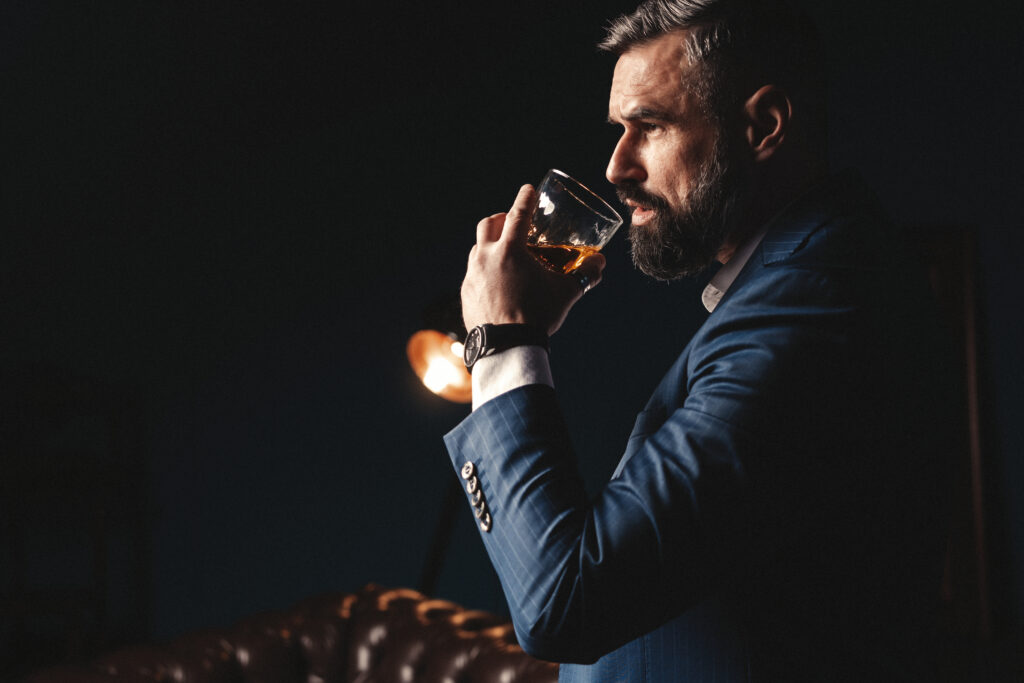 Luxury Spirits Newcomers
Luxury Spirits Newcomers
You probably have heard liquor and spirits being referred to as ranging from “well” to “top-shelf” and – as you probably have learned (possibly the hard way), it pretty much depends on where you are. Top Shelf in a dive is much different than Top Shelf in a Three Star Michelin restaurant.
For this reason, the IWSR offers standardized industry classifications for spirits (by price in US$ per 750ml bottle) as follows: Value (under $10), Standard ($10 to 22.49), Premium ($22.50 to 29.99), Super-Premium ($30.00 to 44.99), Ultra-Premium ($45.00 to 99.99), Prestige ($100.00 to 199.99) and Prestige-Plus ($200.00 and over).Then, there are the “anything goes/sky’s-the-limit” Status and Collectible categories.
Of interest in this area, sales for high-end Super-Premium spirits (priced $30+/bottle) in the U.S. are projected to soar by +107.8% CAGR from 2014 to 2024. Those with the most growth include gin, tequila and Japanese whisky. Mezcal bears watching as well.
“The general trend is toward premiumisation,” notes Mark Meek, CEO at IWSR Drinks Market Analysis, “and the younger generation continues to seek out luxury and finds it in high-end spirits.“
Along with the tips and trivia noted in our individual profiles… and the basic insights and info on “spirits” et al… we hope to have peaked your interest in, and understanding of, luxury spirits.
Our goal is to enhance your knowledge, encourage investigation and inspire experimentation… for personal enjoyment… and ultimately, to help you become the most interesting and fashionable person… at the bar, cocktail party or dinner.
Yes, you too can be a Luxury Spirits “snob.”
Stay tuned… more soon.
As “What’s New Guru,” Don Logay attends numerous trade shows and checks out lots of magazines and trade publications looking for new trends, exciting products, intriguing concepts and “gotta have” things that make life just a little bit better. Contact dlogay@whatsnewguru.com.

Leave a Comment